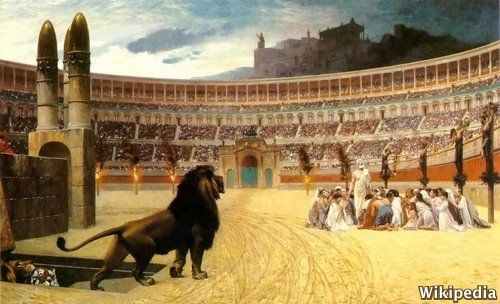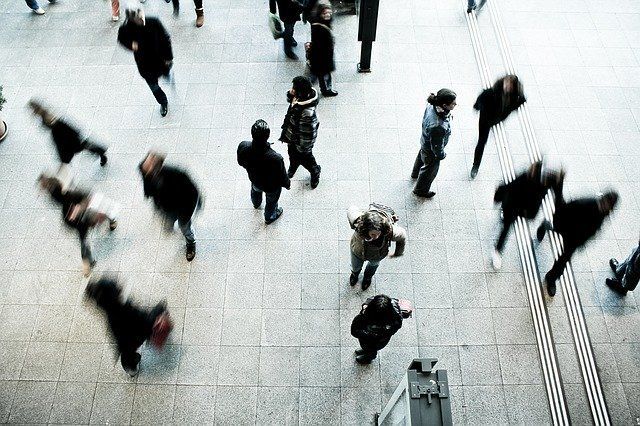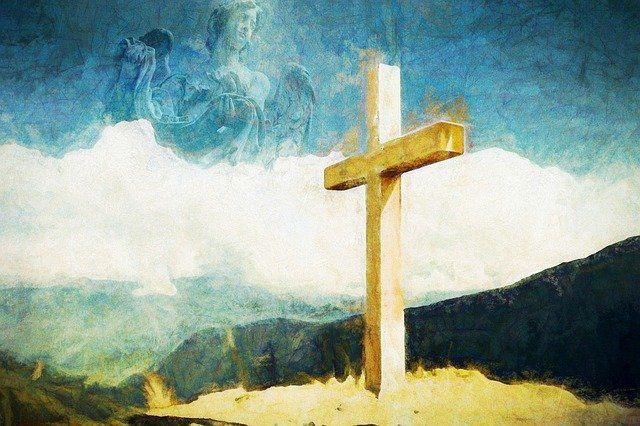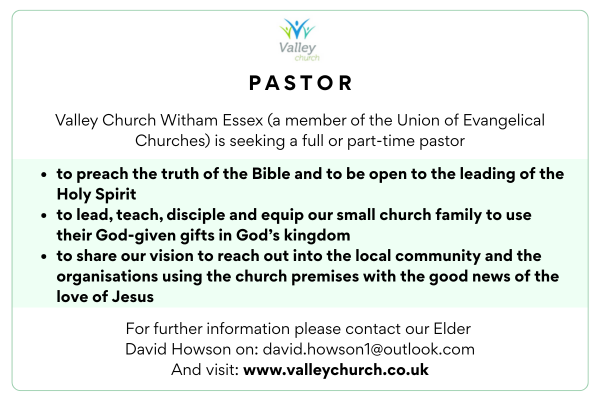11 September 2001 was a watershed. It is one of those dates concerning which one can speak of ‘before’ and ‘after’. It was one kind of world before and another after. Never has an act of terror been so destructive, so well co-ordinated, and so widely covered by media in real time.
Peoples around the world watched petrified as the TV screens replayed again and again the sequence of events: planes crashing into buildings; horrific explosions; towers collapsing; human bodies falling. How could anyone forget?
World history
The aftermath was a quick succession of images. Americans united in rage. Strikes against the Taliban. Anthrax attacks in the mail. The world has suddenly become familiar with Arabic names: Al-Qaeda, Osama Bin Laden.
And while the US-led coalition labours the point that this is not an anti-Islamic campaign, the world is eerily aware of the preponderance of Islamic extremists in the dark world of terrorism.
These extremists are hailed as heroes by many Muslims. This adds to the terror that grips the world. For there is nothing like the violence of the religious.
Welcome to the violent 21st century! Or is it really anything new? Certainly the ‘weapons’ are new and the media coverage unprecedented. But violence is the story of world history since time immemorial.

Nero’s cruelty against Christians makes the stomach turn – he made human torches of them. Rome itself was at the receiving end of an ancient terror attack by the Visigoths.
The Crusades of the Middle Ages, that sought to regain control of the Holy City of Jerusalem from the Muslims, were littered with atrocities in the name of the Christian religion.
The face of Osama Bin Laden is just the latest in a ‘Hall of Infamy’ that includes Hannibal, Genghis Khan, the Spanish Inquisition, Stalin, Hitler and Amin. Different personalities and periods with different motivations – but all notable for their terror and violence. The record of history reveals a violent world.
Highest view
After the very first act of terror when a brother killed his own, the world steadily eroded into a violent planet. At one stage it became so violent that it needed God’s intervention through the Flood: ‘Now the earth was corrupt in God’s sight and was full of violence’ (Genesis 6:11).
Following the Flood, God gave the world a new start. In doing so, he gave Noah an institution that was meant to curb violence in the human community: ‘Whoever sheds the blood of man, by man shall his blood be shed; for in the image of God has God made man’ (Genesis 9:6).
The purpose of this principle is to preserve society against terror. Capital punishment is society’s total rejection of the violent. It rests on the highest view of the human creation, namely that man is made ‘in the image of God’.
By combining a God-oriented view of man and a judicial life-for-life punishment of the offender, human society can survive even in the presence of violent men. God himself has shown us the means by which violent behaviour may be held in check.
Progressive views

Unfortunately, on both these counts, human society has regressed. Claiming progressive views, many have espoused ideas of humanity that view man as having only a biological, or at best a social, function.
Man, they tell us, is just a happenstance in a story of evolution and survival. The idea that man is basically religious, and made by and for God, is now considered crude and fundamentalist.
It is little wonder that the same progressive views have watered down the implementation of justice. The word ‘punishment’ itself is now too strong. Everything must be remedial and corrective, nothing exemplary or punitive.
The world has departed from God and reshaped justice into a softer mould. In that world, violence thrives.
Violence is part of the depravity of man. In Paul’s catalogue of human sinfulness, he quotes from the Old Testament: ‘Their feet are swift to shed blood; ruin and misery mark their ways’ (Romans 3:15-16).
That violent nature led terrorists to initiate the horrific sequences of September 11. But, on a smaller scale, we see the violent nature of fallen man displayed in daily occurrences, such as murders, muggings, rapes, wilful injuries, cursing, and so on.

New humanity
The church is sent to such a violent world with the message of ‘Jesus Christ and him crucified’. It is a gospel of peace and reconciliation, but one that calls men first and foremost to be reconciled to God. It is God-ward before it is social.
Why? Because man’s original alienation is from his Creator and God. Only through a restored relationship with God can the walls of partition and enmity between men be broken down.
Moreover, the church of Christ is the manifestation of this new humanity, for it consists of people who are reconciled to one another because they are reconciled to God. Let us make sure that we do indeed manifest this character, by obeying Christ’s ‘new commandment’ to love one another as he has loved us (John 15:12).
As long as the Lord preserves a faithful church on earth, there is hope for the fulfilment of the prophetic vision: ‘They will beat their swords into plowshares and their spears into pruning hooks. Nation will not take up sword against nation, nor will they train for war anymore’ (Isaiah 2:4).








